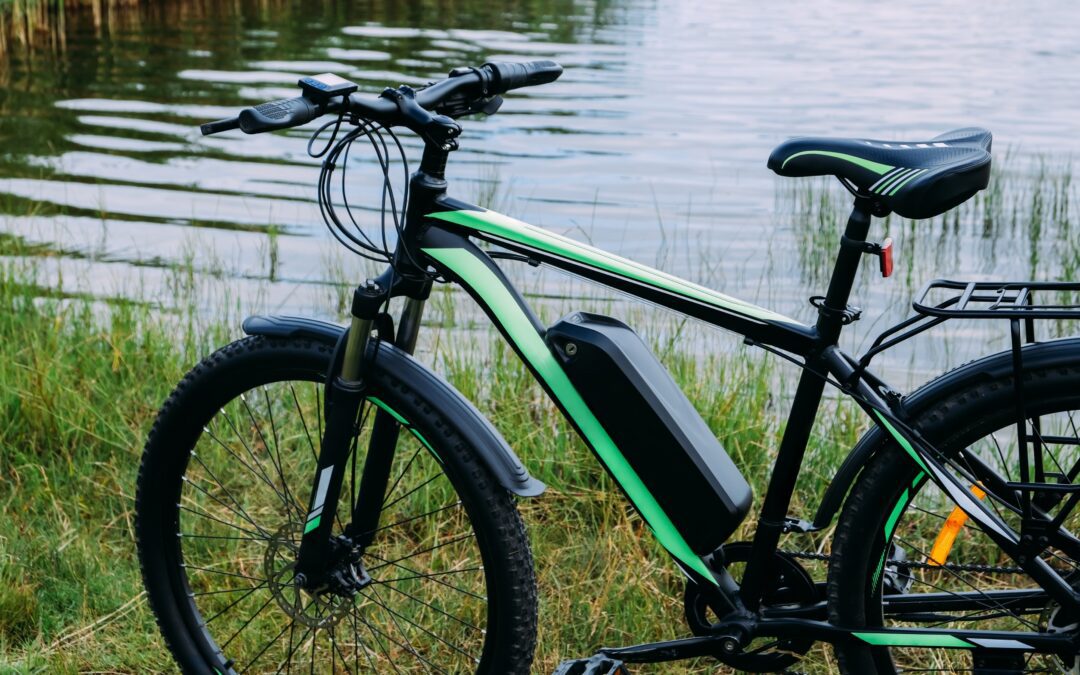In recent years, e-bikes have gained a lot of popularity. With their blend of pedal power and an electric boost, e-bikes offer a thrilling and eco-friendly way to navigate city streets, conquer challenging terrain, and explore scenic landscapes. Yet, despite their rising popularity, e-bikes often find themselves shrouded in misconceptions.
Let’s debunk some of the most common myths about e-bikes to give you a better idea of their features and benefits.
Just for Lazy Riders
One of the most prevalent myths about e-bikes is that they’re solely for lazy individuals who don’t want to try pedaling. In reality, e-bikes offer various levels of pedal assistance, allowing you to choose the level of exertion you desire. You can still pedal and get a workout while enjoying the added assistance the electric motor provides, making it suitable for people of all fitness levels.
Slow and Incapable
Another common misconception is that e-bikes are slow and incapable of keeping up with traditional bicycles. However, most e-bikes have powerful motors that can assist you in reaching speeds of up to 20–28 miles per hour, depending on local regulations. With this level of assistance, e-bikes can easily keep pace with or surpass conventional bicycles, especially on hilly terrain.
Require Special Registration
Contrary to popular belief, most e-bikes do not require special registration. In the United States, e-bikes fall into three categories based on maximum assisted speed and motor power output. In most states, e-bikes that meet the criteria for Class 1 and Class 2 e-bikes do not require a license or registration to operate. However, you must familiarize yourself with local regulations regarding e-bike usage.
Not Environment Friendly
While it’s true that e-bikes rely on electricity to power their motors, they are still more environmentally friendly than several other vehicles. E-bikes produce zero emissions during operation and consume far less energy than automobiles, making them a greener alternative for short-distance travel. Additionally, e-bikes can help reduce traffic congestion and air pollution in urban areas by encouraging more people to cycle instead of driving.
Too Expensive
Though e-bikes initially seem more expensive than traditional bicycles, the long-term cost savings can outweigh the upfront investment. When compared to the cost of owning and maintaining other vehicles, e-bikes are more affordable. Many cities also offer incentives, such as tax credits or rebates, for purchasing e-bikes, making them a more financially viable option.
Heavy and Bulky
There is a belief that e-bikes are bulky and heavy to ride, but technological advancements have led to the development of lighter and more streamlined e-bike models. Many modern e-bikes feature lightweight frames and components, making them comparable in weight to traditional bicycles. Moreover, integrating the electric motor and battery into the bike’s design is often seamless, maintaining a sleek appearance.
Unsafe
Some people express concerns about the safety of e-bikes, fearing that the added speed and power may lead to an increased risk of accidents. However, e-bikes are less dangerous than traditional bicycles when operated responsibly. As with any mode of transportation, adhering to traffic laws, wearing a helmet, and practicing safe riding habits are essential for ensuring your safety.
E-bikes are a versatile, efficient, and enjoyable mode of transportation. If you want to incorporate e-bikes into your lifestyle, you can approach Colorado Electric Bikes for all your e-bike buying, rental, and service needs. Contact us today!

